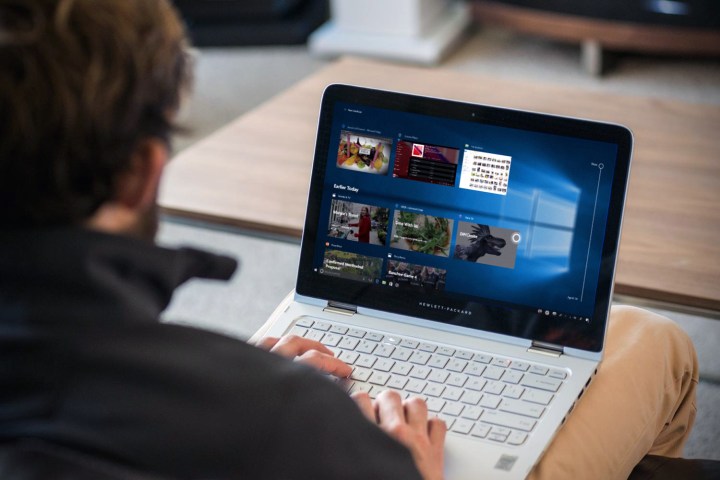
The United States Transportation Security Administration (TSA), and several other arms of the Department of Homeland Security (DHS), are in the midst of a transition to Windows 10, and the process is scheduled to be completed before the end of the year. TSA CIO Russel Roberts cited better security as part of the agency’s decision to migrate to Microsoft’s latest version of Windows.
“It should be a significant enhancement for the security,” Roberts said in an interview with Federal News Radio. “We are addressing the multiple tools to detect, monitor, and respond and that all ties into Windows 10. That will help us with the new computers and all the end points out there.”
Although TSA explored sleeker form factors for its hardware refresh, like thin clients, Roberts decided against drastic changes. Instead, he opted to maintain the same hardware form factors that the agency wanted replaced. New form factors may be explored again when the agency performs its next hardware refresh in three to five years.
When Microsoft launched Windows 10, it changed from a software license to a software-as-a-service, or SaaS, model, essentially turning its Windows business into a Windows-as-a-service platform. Windows 10’s SaaS model means that the operating system and the built-in antivirus tool are kept continuously updated by Microsoft. The TSA also wants to use the SaaS model for its custom software, like the air marshal scheduling program.
“My philosophy is to move the easy ones and move those into a SaaS tool,” Roberts said. “Then we could build some new ones that would allow us to shut down six or seven others. That is a little more challenging than it would seem on the surface.” In addition to Windows 10, Roberts is also looking at moving to Microsoft’s cloud-based Office 365 productivity suite.
TSA and DHS aren’t the only U.S. agencies that are switching to Windows 10. Prior to joining DHS as CIO, Dr. John Zangardi had helped the Department of Defense (DoD) upgrade as many as four million PCs to Windows 10. As part of DHS, the Federal Emergency Management Agency and Immigration and Customs Enforcement are also in the process of upgrading to Windows 10, Fed Tech Magazine reported, as is the United States Coast Guard.
In addition to the recent hardware upgrades, the agency also replaced its routers. Routers recently became a hot news topic after the FBI issued a warning for consumers to reset and reboot their devices to combat Russian hacking.
Editors' Recommendations
- Scores of people are downgrading back to Windows 10
- Windows 11 tips and tricks: 8 hidden settings you need to try
- A new Windows 11 hardware system requirement may be incoming
- Microsoft plans to charge for Windows 10 updates in the future
- I love Macs. But here are 5 reasons I keep coming back to Windows


